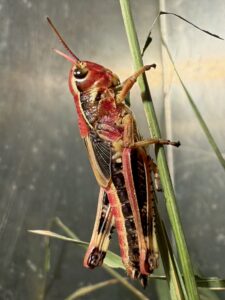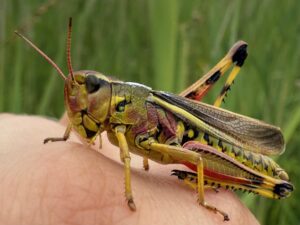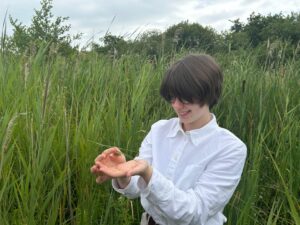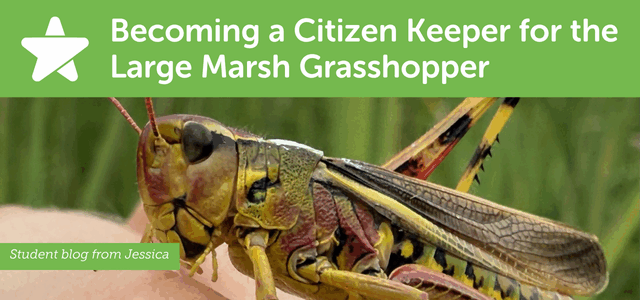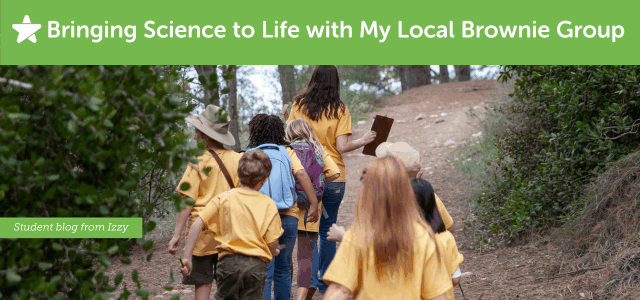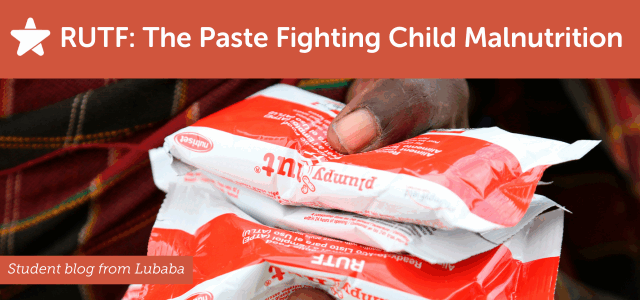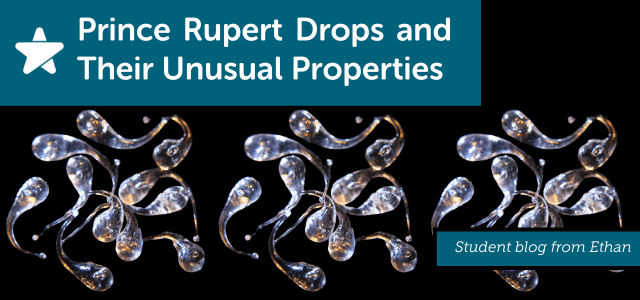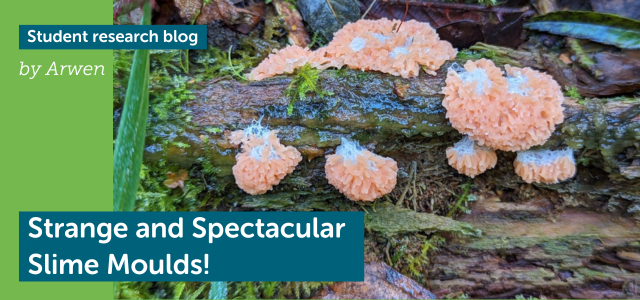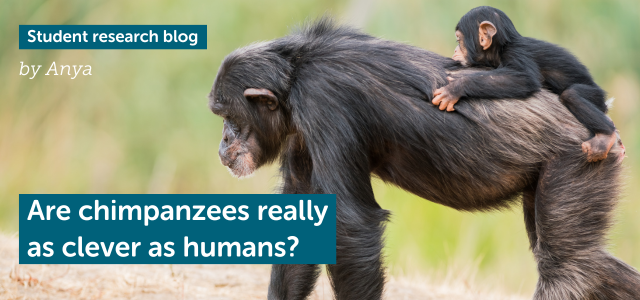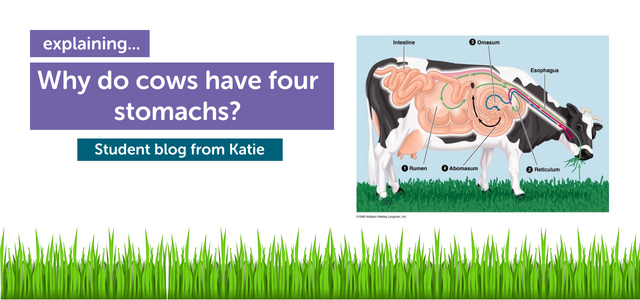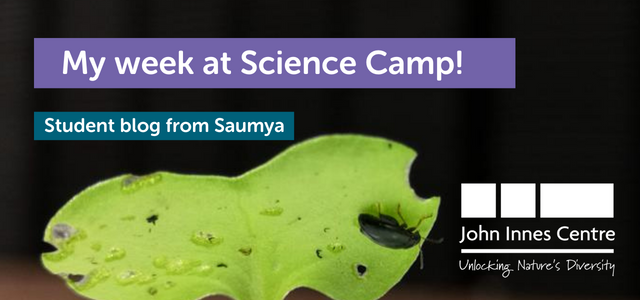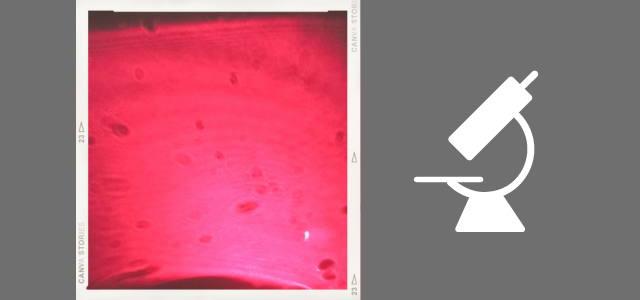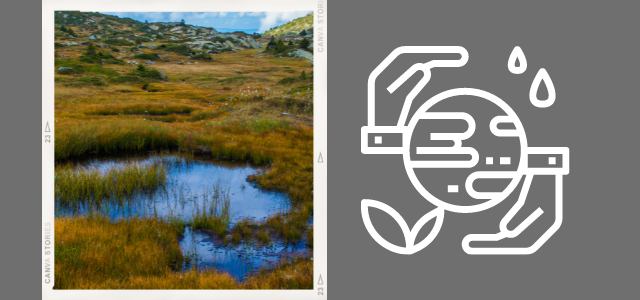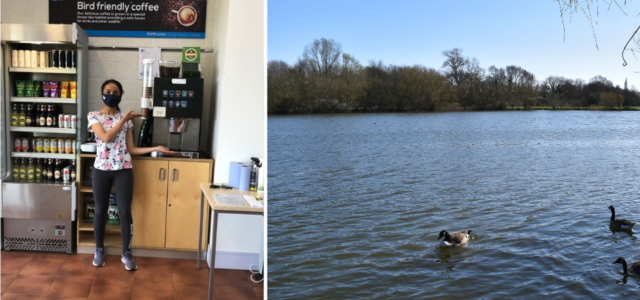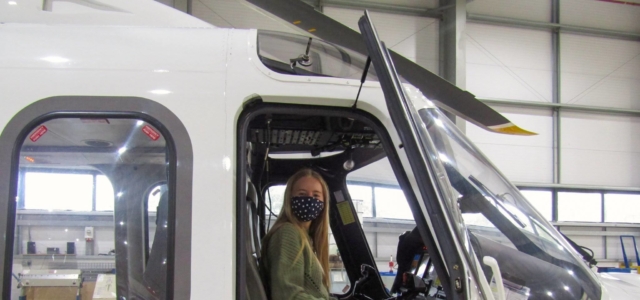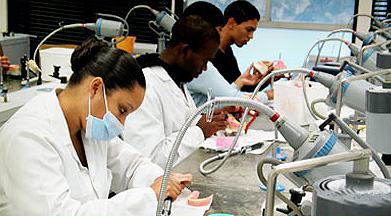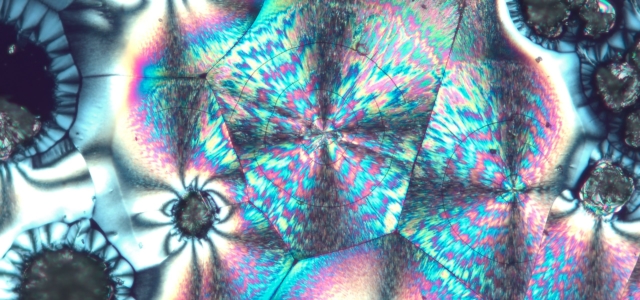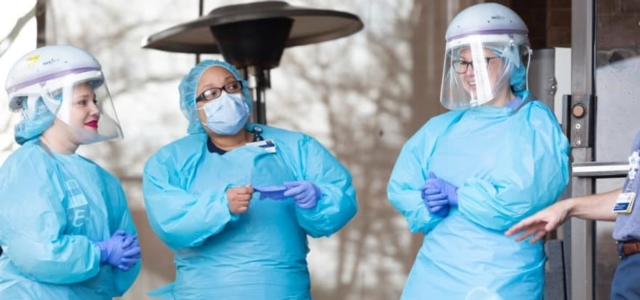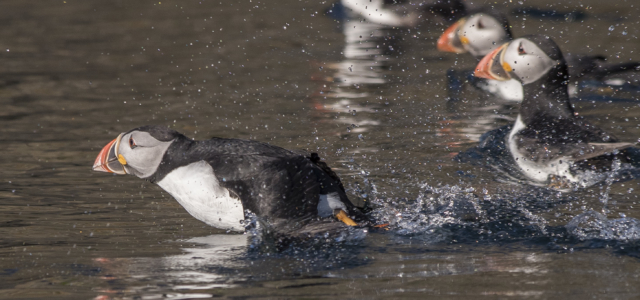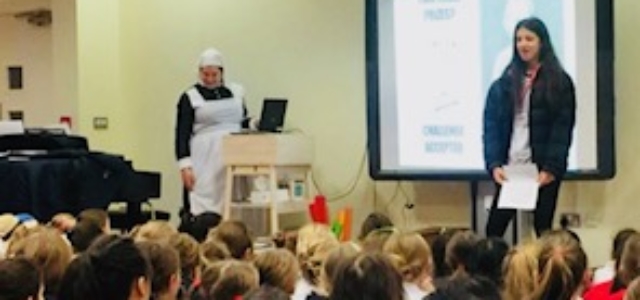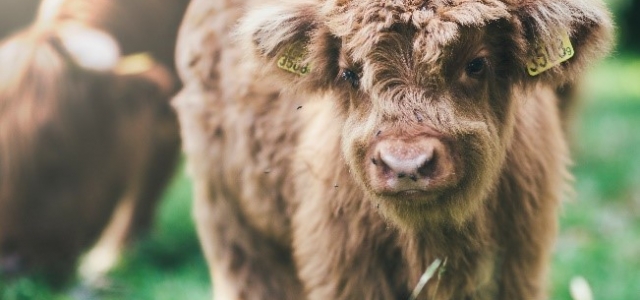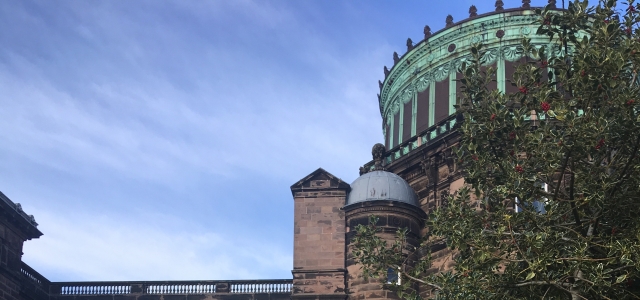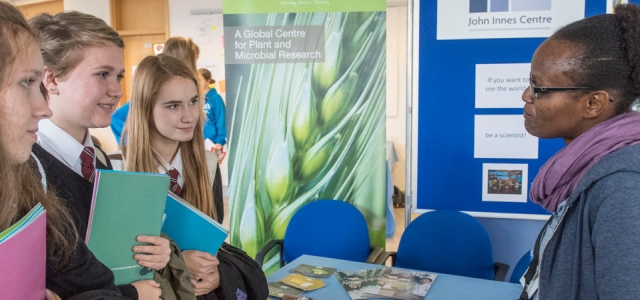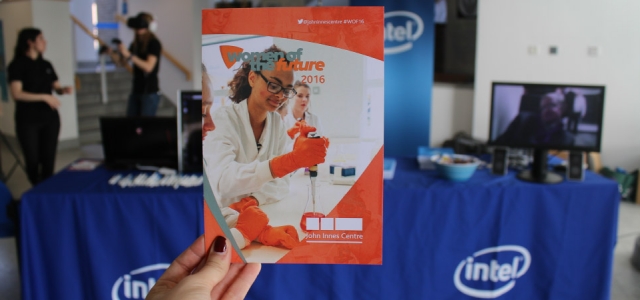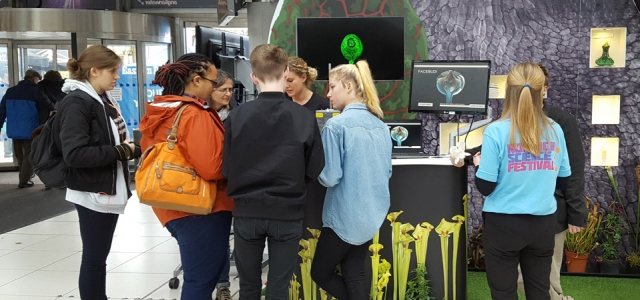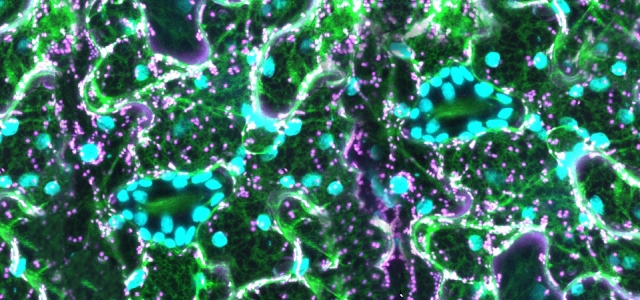What does it take to care for the Large Marsh Grasshopper (Stethophyma grossum) — and how can the public get involved? In this blog, Jessica shares her experience as a citizen keeper for one of the UK’s rarest grasshopper species.
What is the Large Marsh Grasshopper?
The Large Marsh Grasshopper, scientific name (Stethophyma grossum), is a large grasshopper that is near-threatened. It used to be found in Norfolk but is now mainly found in the New Forest and Dorset. This is due to habitat loss. With permission from Natural England, I helped Citizen Zoo by rearing a clutch of Large Marsh Grasshoppers from eggs collected from the New Forest, which were later released as adults in Norfolk.
Looking after the Large Marsh Grasshopper
Citizen Zoo provided a useful guide that contained everything I needed to know about looking after the Large Marsh Grasshoppers.
A few details about the process –
- I received the eggs and was able to watch them hatch. I saw them as nymphs moult, then turn into adults with wings.
- I collected cocksfoot grass for 6-8 weeks
- I made sure to keep an eye on the temperature in the vivarium by turning the heat bulb on and off at certain times as directed by the project guide
- I learnt how to use a pooter in case any hop out of the vivarium
- You can’t have a pet with flea treatment in the home as this will kill the grasshoppers.
- At the end of the project, I needed to get used to handling them so I could mark them
Support when rearing the hoppers
There was a group online who were rearing the grasshoppers at the same time. This meant that I could ask for help and get advice and support for any issues that came up when rearing the hoppers. This was useful because I could get advice as the grasshoppers developed through their lifecycle.
Behaviour in the vivarium
When the light is off in the vivarium the grasshoppers tend to be calmer and less active. When the light is turned on, they become busy; feeding jumping and the adults stridulating. When fresh grass is placed in the vivarium, they will often come to it and feed straight away.
Preparing for release
The morning of preparing for release was a busy one. We needed to capture the grasshoppers and hold them carefully in order to apply the dot of paint. We also needed to note down whether they were adult or nymph, whether they were male or female (by referring to the guide again!). We also noted any health issues we noticed, such as wings that were crinkly and not fully developed, this was due disease. Then we needed to mark each grasshopper with a dot of oil paint on the thorax. This is so when they are monitored after release (at a special chosen site, see below) with the coloured paint mark, you can identify that they were from the group of home reared grasshoppers. With monitoring at a later date volunteers can also see how far they have travelled.
Release day
We released the grasshoppers at Wheatfen nature reserve in Norfolk. Overall, there were 176 grasshoppers successfully reared by the volunteers. The release sites are chosen by Citizen Zoo. Grasshoppers must only be released at specialist sites to ensure they have the right habitat and conditions for survival. Wheatfen is perfect as it is a wetland habitat containing Sedge, which they can feed on straight away upon release. Small groups took the grasshoppers into the wetland away from the main visitor paths to ensure their safety.
Behaviour after release
We released them into a cooler temperature than they were used to in the vivarium, so they were quite calm.
What was the most challenging part?
It wasn’t particularly challenging, but making sure that the grass collected was secured properly in the jars. We needed to make sure that the cotton wool was placed tightly inside the jam jar rim to ensure there were minimal gaps in the grass. If there were gaps in the grass, the grasshoppers could potentially squeeze through, get into the water and drown.
What did I find the most interesting?
Mainly watching the stages of development, watching them change and grow into adults. The changing colours of the grasshoppers during these stages was also interesting; spots, stripes, and some were even bright pink. It was good to see grasshoppers up close and in such detail that would be difficult to do in the wild.
Would I recommend becoming a Citizen Keeper?
Of course! I think that it’s an interesting experience that gives you a sense of responsibility and for contributing towards the rewilding process. Visiting Wheatfen was the first time I had been there. Becoming a Citizen Keeper can take you to new places locally where you can find out about conservation efforts in your area. You can also get to meet the volunteers from the release sites and see how they contribute to their reserve.
About Citizen Zoo
Citizen Zoo is an organisation that recruits volunteers around the country to restore nature and help species and habitats thrive.
About Natural England
Natural England is the government’s adviser for the natural environment in England. They help to protect and restore our natural world
References:
Citizen Zoo LMGrasshopper page: https://www.citizenzoo.org/our-work/hop-of-hope/
Citizen Zoo main website: https://www.citizenzoo.org/
Natural England: https://www.gov.uk/government/organisations/natural-england


